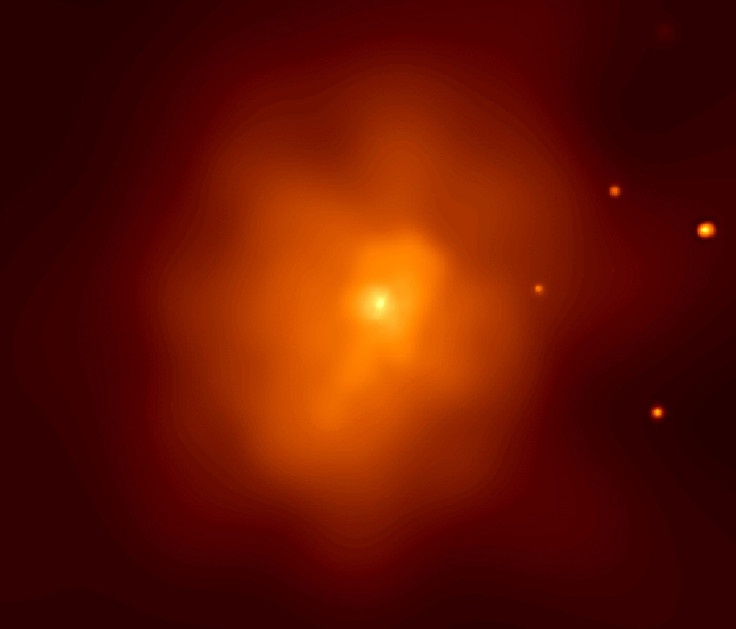Dark Matter vs Dark Energy: They May Be One ‘Dark Fluid’ After All

The “dark matter” and “dark energy” that comprise as much as 95 percent of the universe but remain invisible to people may actually be a single phenomenon, according to a group of scientists at the University of Oxford.
For centuries, there have been two compelling questions about the existence of the universe that physics and even Albert Einstein have failed to answer. First, why do galaxies, even if they spin rapidly and independently of each other, remained fastened together? Second, even with this extremely rapid spinning, why does the universe continue to expand but remain steadfastly held together?
In an attempt to answer these questions, experts came up with the hypothesis about the existence of the “dark matter” that is believed to be the force responsible in pulling galaxies together no matter how they spin. To complement this theory, experts also hypothesized about the “dark energy” that theoretically counteract against gravitational forces, making it appear that the universe is expanding ever so rapidly.
With these, the conclusion is that 95 percent of the universe is comprised of these two dark entities that work together to make galaxies behave and move harmoniously in space.
Now, a new research, published on Dec. 5 in the journal Astronomy and Astrophysics, suggested that dark matter and dark energy may actually be a single phenomenon, hence, the perfectly harmonious movement of bodies in the universe. And instead of separate forces pulling and pushing the bodies to make them stay in place, there is actually a single “fluid” that uses “negative mass” to hold the universe in place.
"We now think that both dark matter and dark energy can be unified into a fluid which possesses a type of 'negative gravity', repelling all other material around them,” Dr. Jamie Farnes, one of the scientists involved in the study, said.
“Although this matter is peculiar to us, it suggests that our cosmos is symmetrical in both positive and negative qualities,” he added.
Farnes said that unifying dark energy and dark matter into a single substance is simply having a positive mass matter surfing on a sea of negative masses.
For their study, the scientists applied what they called a “creation tensor” that allows for negative masses to be continuously produced. The group observed that when an increasing amount of negative masses continue to be created, the negative fluid does not dilute during the expansion of the model.
The next step for the scientists is to generate further proof of their theory through tests to be performed using the Square Kilometer Array, equipment set to become the world’s largest telescope, which remains yet to be built.
© Copyright IBTimes 2024. All rights reserved.




















